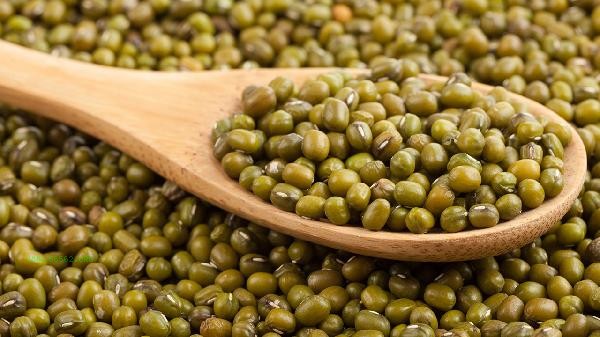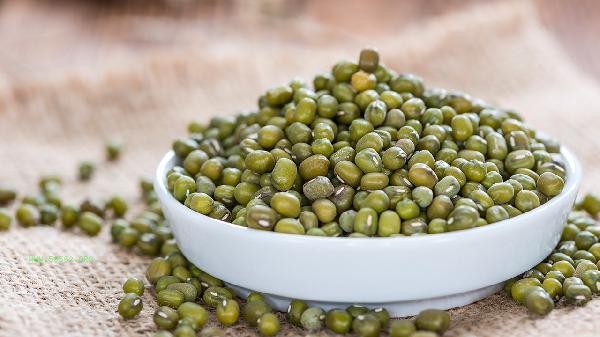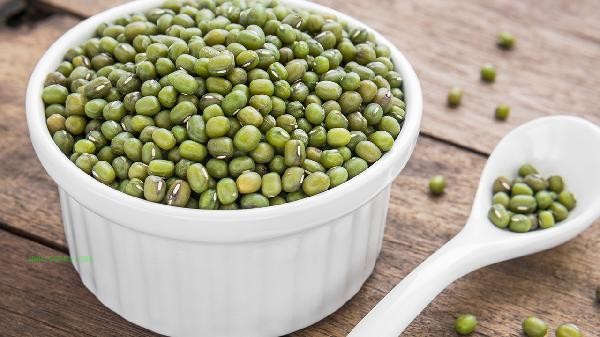Soaking mung beans for 30 minutes is usually acceptable, but the specific time needs to be adjusted according to cooking requirements and mung bean varieties. Short term soaking helps retain some nutrients, while long-term soaking can shorten cooking time.

The skin of mung bean is thin. Soaking for 30 minutes can make some water permeate. It is suitable for making dishes that need to maintain a sense of grain, such as mung bean sprouts in cold sauce or Congee cooked quickly. Soaking in cold water can reduce the loss of vitamin B group, but the degree of starch gelatinization is relatively low, and the heating time should be appropriately extended during cooking. It is recommended to refrigerate and soak in high temperature environments in summer to avoid microbial growth. Old varieties of mung beans or beans that have been stored for a long time may not be soaked for 30 minutes due to their hard texture. It is recommended to extend the soaking time to more than 2 hours. When making foods such as mung bean paste that require complete softening, overnight refrigeration soaking is more effective. It should be noted that soaking sprouted mung beans for more than 4 hours may produce solanine, and it is not recommended to eat them raw. After soaking mung beans, it is recommended to rinse them with water 2-3 times to remove phytic acid. Pairing with brown rice or Job's tears can improve protein utilization. For those with weak digestive function, soaking water can be boiled and discarded to reduce bloating caused by oligosaccharides. Different cooking methods can flexibly adjust the soaking time, and pressure cooker cooking can be appropriately shortened to 15 minutes.










Comments (0)
Leave a Comment
No comments yet
Be the first to share your thoughts!